World rice prices slide - India becomes the "trigger" of global oversupply
According to international trade organizations, the price of 5% broken rice in the world market has been continuously decreasing since May last year. In September, the FOB export price of 5% broken rice from Thailand fell to its lowest level in nearly 9 years, only about 358 USD/ton, while the price of the same type of rice from India, after hitting a 3-year low, only slightly recovered to 363 USD/ton. Vietnamese rice is not out of this trend, with the average export price in September fluctuating around 451 USD/ton, more than 22% lower than the same period last year.

The price declines signal a fundamental shift in the global supply-demand balance. The latest report from the International Grains Council (IGC) shows that global rice production in the 2025-2026 crop year is expected to reach a record 727 million tonnes, up 1.5% from the previous season. Meanwhile, global inventories are estimated to increase by 4.7% to around 183 million tonnes – a clear sign that supply is outstripping demand.
The most prominent “point” in this picture is India - a country that holds nearly 40% of the total global rice export output. After a period of applying export restrictions to control food inflation, this country has expanded its sales activities strongly in 2025, with an expected output of 145 million tons, up 7% over the same period.

Major exporters in India expect exports to reach 22-23 million tons, possibly even up to 30 million tons, and if weather conditions are favorable, the increase could be as much as 50% compared to last year. With outstanding output and low costs, India is tilting the global supply-demand balance strongly towards surplus, rapidly pushing down world rice prices.
Meanwhile, demand is more subdued than expected. The Philippines, the world’s largest rice importer, has suspended imports for two months starting September 1 to protect domestic production during the peak harvest season. Notably, the country’s Ministry of Agriculture is proposing to extend the ban until April 2026 and open imports for only one month in January next year. If this plan is approved, the global market will lose a key demand point for many months, putting further downward pressure on rice prices.
With abundant supplies from India, high inventories in producing countries, and falling import demand, the global rice market is entering its most obvious period of oversupply in nearly a decade.
What are the challenges and opportunities for Vietnamese rice?
As the world's third largest rice exporter, Vietnam is facing a significant challenge as international rice prices slow down while trade policies of its partners are constantly changing. After a period of rapid increase in late August and early September, the price of 5% broken rice in Vietnam has turned down, now only 440-450 USD/ton, reflecting the adjustment of supply and demand both domestically and in the global market.
According to the Vietnam Customs Department, in the first 9 months of this year, Vietnam's rice exports decreased slightly by 2% in volume, reaching more than 6.8 million tons. However, the export value decreased by 20%, to only 3.49 billion USD. In September alone, the export volume to key markets decreased by nearly half, reaching only 377,000 tons, due to the direct impact of the temporary import suspension order of the Philippines - the largest customer of Vietnamese rice.

Not only losing its traditional markets, Vietnam also faces increasingly fierce competition from India and Thailand in regions such as Africa, Malaysia and China. While India is selling strongly at prices lower than average by 80-100 USD/ton, Thailand is boosting exports of high-quality rice, putting pressure on Vietnamese rice in both the low-cost and high-end segments.
Looking ahead, however, the picture is not entirely bleak. Vietnamese rice still holds a significant position thanks to its quality and reputation. Fragrant and sticky rice varieties such as Dai Thom 8, OM18, OM5451 continue to be highly appreciated by international markets, especially the Philippines and Africa, for their flavor and consistency. Although not yet officially licensed for import, many Filipino traders have proactively placed pre-orders with payments of 50-70% of the contract value and requested to hold the goods until November - a signal that confidence in Vietnamese rice remains strong.
In the short term, Vietnamese rice prices may continue to face downward pressure as the summer-autumn crop is almost exhausted, while the autumn-winter crop has not yet entered its peak harvest, but the decrease will not be large. In the long term, climate change may reduce global rice acreage and yield, tightening the world rice supply, thereby supporting prices.
The biggest support for the Vietnamese rice industry is still quality and the ability to quickly adapt to the market. In recent years, export enterprises have strongly shifted to the segment of specialty rice, organic rice and high-quality fragrant rice, both increasing added value and reducing dependence on a few traditional markets. This will be the direction that helps Vietnamese rice not only "stand firm" in the current oversupply cycle, but also consolidate its long-term position on the global rice trade map.
Source: https://baotintuc.vn/thi-truong-tien-te/nguon-cung-du-thua-gao-viet-nam-chiu-suc-ep-canh-tranh-tu-an-do-20251009122042228.htm


![[Photo] Prime Minister Pham Minh Chinh chairs a meeting of the Government Standing Committee on overcoming the consequences of natural disasters after storm No. 11](https://vphoto.vietnam.vn/thumb/1200x675/vietnam/resource/IMAGE/2025/10/09/1759997894015_dsc-0591-jpg.webp)

![[Photo] President Luong Cuong attends the 80th Anniversary of the Traditional Day of Vietnamese Lawyers](https://vphoto.vietnam.vn/thumb/1200x675/vietnam/resource/IMAGE/2025/10/09/1760026998213_ndo_br_1-jpg.webp)
![[Photo] General Secretary To Lam visits Kieng Sang Kindergarten and the classroom named after Uncle Ho](https://vphoto.vietnam.vn/thumb/1200x675/vietnam/resource/IMAGE/2025/10/09/1760023999336_vna-potal-tong-bi-thu-to-lam-tham-truong-mau-giao-kieng-sang-va-lop-hoc-mang-ten-bac-ho-8328675-277-jpg.webp)


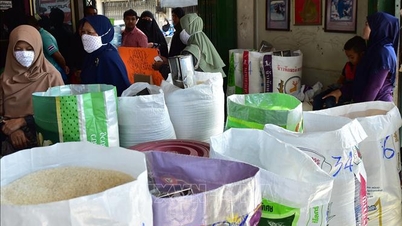
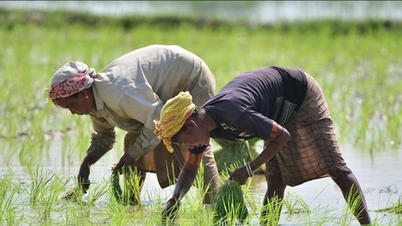





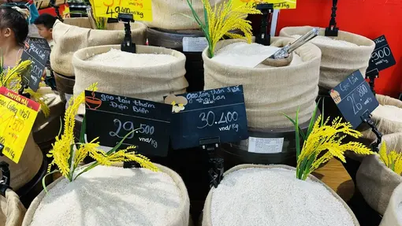





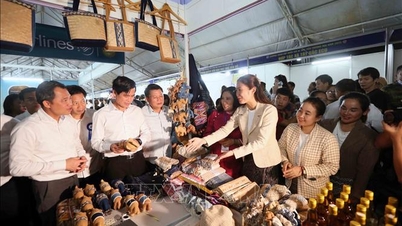



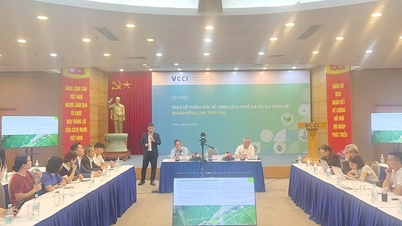










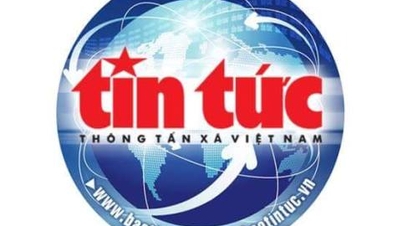





































































Comment (0)